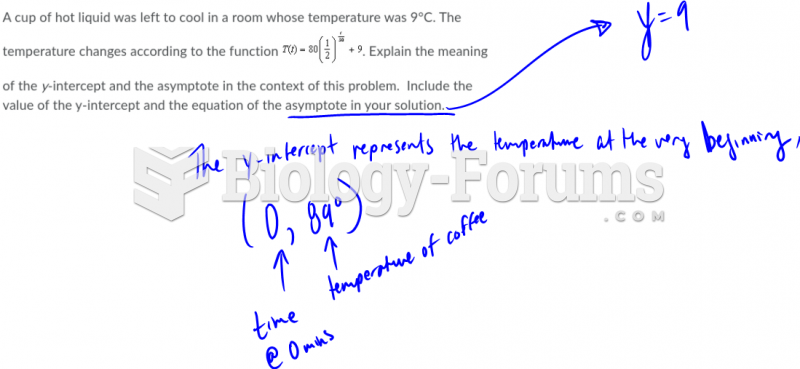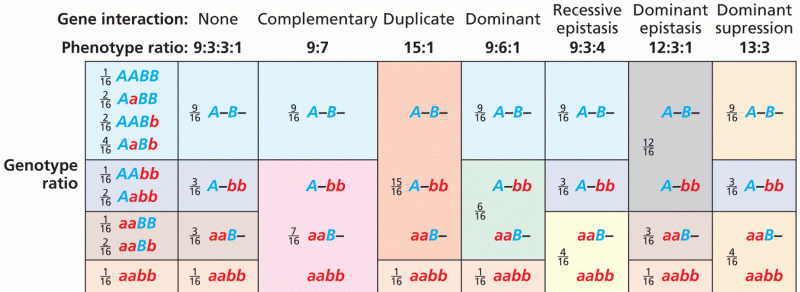Answer to Question 1
Yes
First, Tarter raises several contentions: (1) there was no well established constitutional right in 1992 to be free of show-ups; (2) Gregory waived his right to contest the show-up, and therefore no due process violation could have occurred; (3) as a matter of law, any due process violation that did occur was a result of the prosecutor's choice to use the show-up identification at trial, and not the direct result of Tarter's use of the show-up in the first instance. (1) In a claim for qualified immunity, a court first considers (1) whether the plaintiff has asserted a violation of a known constitutional right, and (2) whether the constitutional right was so clearly established at the time in question that a reasonable official in the defendant's position would have known that he was violating the plaintiff's constitutional rights. Criminal suspects have a constitutional right to be free from identification procedures so unnecessarily suggestive and conducive to irreparable mistaken identification that the identification's use violates due process of law. Stovall v. Denno (1967). An impermissibly suggestive identification leads to a criminal conviction, requires a defendant's conviction to be overturned. Tarter argues that a reasonable officer would not have known that his use of the show-up was a violation of Gregory's constitutional rights, because show-ups are not per se unconstitutional. Yet the Supreme Court has held that police officers must evaluate the totality of the circumstances and reach a reasoned conclusion as to whether an identification procedure is impermissibly suggestive or not. See Neil v. Biggers (1972). The Supreme Court has never said that law enforcement may do away with this consideration merely because a criminal suspect consents to come in for an identification procedure. On the contrary, the cases require an assessment of the circumstances before the decision to undertake a show-up. This Court has never held that a police officer is free to ignore the constitutional restraints on police action merely because the constitution does not forbid such action in all circumstances. Tarter may as well argue that a police officer is free to make warrantless searches and seizures without fear of constitutional liability because the Constitution does not prohibit such searches in all cases. (2) The consent argument, that n Gregory's has no legal right to bring a due process claim because he signed the preprinted waiver form, is in error. Gregory does not have a right to a line-up versus a show-up. He has a due process right which includes the right to be free from unduly suggestive and unreliable identification procedures. By consenting to a show-up in lieu of a line-up he was not waiving this right, but merely agreeing to be put in front of a witness before his indictment, when he had a right not to appear for an identification procedure at all. As a result of circumstances unknown to Gregory at the time, the show-up was unduly suggestive. He did not waive any improper suggestiveness associated with the show-up by agreeing to appear. The preprinted waiver form does not include any language about a right to due process or a fair trial. Criminal suspects may agree, for example, to appear for a line-up prior to any indictment or even arrest. Such agreement does not mean, however, that the suspects lose their right to contest any suggestiveness in the line-up not caused by them. (3) Tarter argues Gregory's injury resulted from the prosecutor's use of the impermissibly suggestive identification at trial, and not from Tarter's procurement of the identification itself. An unduly suggestive identification does not, in and of itself, violate constitutional rights and the prosecution's use of the identification at trial is a necessary intervening act for injury to occur. But the prosecutor's discretion to control the state's case at trial is not such an intervening act to excuse Tarter from the natural consequences of his actions and any tort liability. In one case the Supreme Court held that the issuance of an arrest warrant will not shield a police officer who applied for the warrant from liability for false arrest if a reasonably well-trained officer in his position would have known that his affidavit failed to establish probable cause. The Supreme Court's reasoning is directly applicable here. The prosecutor's decision to use the identification does not shield Tarter from liability if he reasonably should have known that use of the identification would lead to a violation of Gregory's right to a fair trial. Tarter is denied qualified immunity for Gregory's claim of suggestive identification.
Answer to Question 2
No
In certain circumstances, a viewing at a preliminary examination could be suggestive. For example, to walk a defendant in shackles and with a U.S. Marshal at each side before an identification witness is impermissibly suggestive. In the cases here, one repo man only saw the back of Howard's head, and for him the preliminary examination was not suggestive. As for the other two, there was suggestiveness inherent in their knowing that Howard was the defendant, but the more important question is whether the identifications based on their observations at the crime scene were reliable even if the viewing at the adjourned preliminary examinations were suggestive. Applying the Manson v. Brathwaite (1977) factors, the court found the in-court identifications reliable: one repo man had a good opportunity to view the shooter, saw him three times, was as close as three to six feet; he was more attentive because of the stress of the crime; the descriptions given were generally accurate; testified with certainty at the trial; and three months is not a great length of time between an observation and identification. As for the height differential at the lineup, this factor, standing alone, is usually not enough to make a lineup procedure suggestive. Howard claims he was three inches taller than the fillers. On balance, we do not find such a discrepancy to have infected the process. With respect to his haircut, unless the witness described the distinctive characteristic to the police beforehand, that characteristic is not a basis for finding a lineup unduly suggestive, and the repo men did not describe the shooter's hair style after the killing. One judge dissented.







